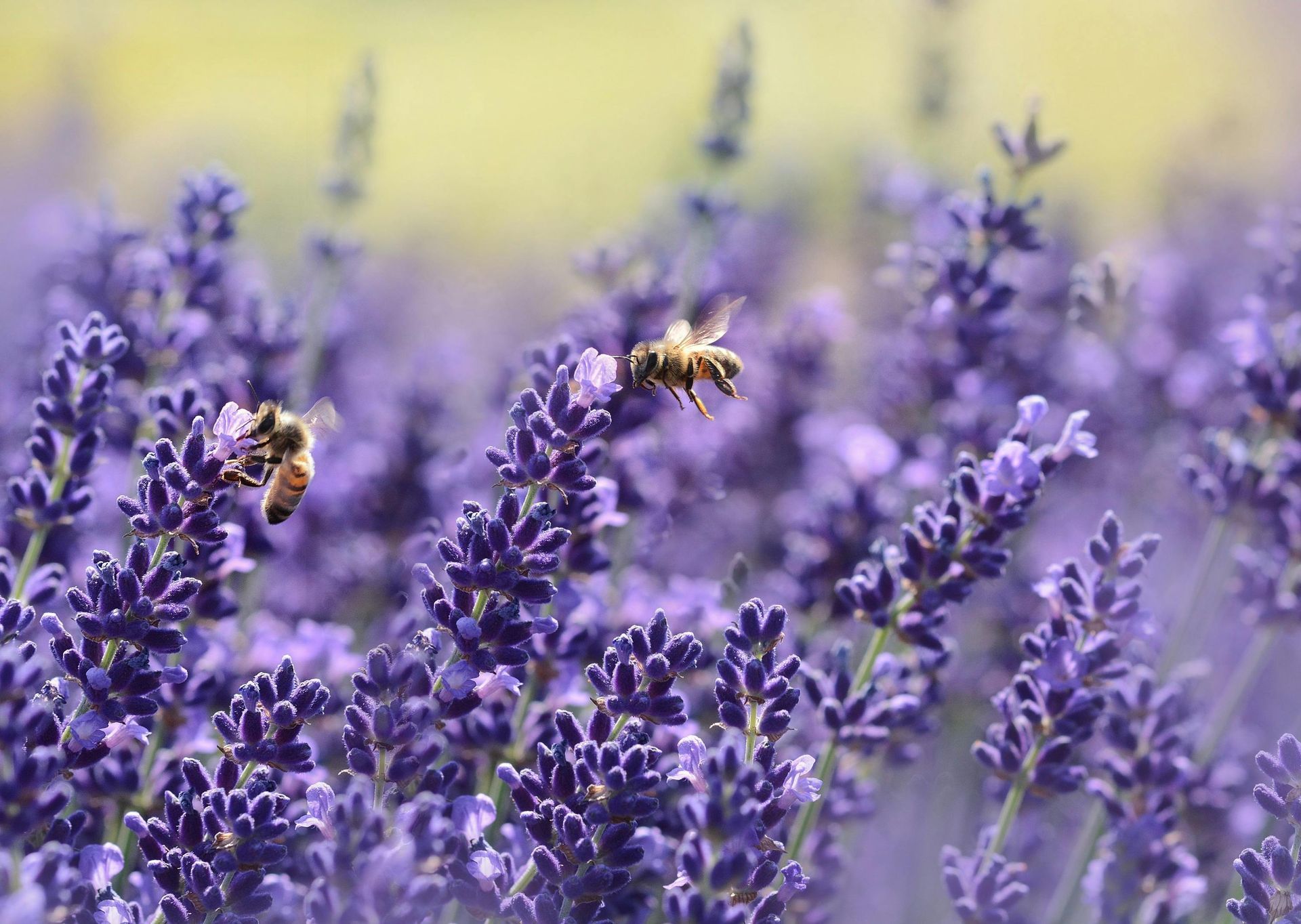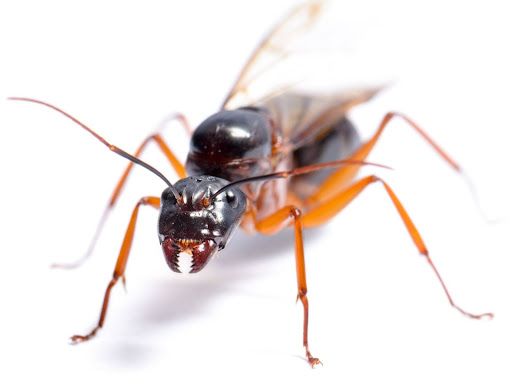Are You Struggling With Aphids On Your Reno Property?
Are Aphids Beneficial?
Aphids are very small insects, and they come in a variety of colors. You may see green, black, brown, and even yellow aphids on your Reno property. They can reproduce quickly, and a single female aphid can produce hundreds of offspring in just a few weeks. This makes them difficult to control, and an infestation can happen quickly if not dealt with right away.
Aphids are actually beneficial to some plants because they help spread pollen. They do this by feeding on the nectar of flowers and then transferring pollen to other plants as they move around. However, they can also be a problem for some plants because they feed on the sap. This can cause the plant to become stunted, and it may even kill the plant if the infestation is bad enough.
Four Problems Aphids Cause
Aphids can create some big problems when they take up residence on your property:
- They suck the sap from plants, which can damage the plant and make it more susceptible to disease.
- They can cause leaf curl, which makes the leaves of the plant curl up and become distorted.
- They spread diseases from plant to plant. This is because they can carry viruses and other diseases on their bodies, and they can transfer these diseases to other plants as they feed.
- They produce honeydew, which is a sticky substance that can attract ants and other insects. This can lead to more problems on your property, and it can also make the area around the plant unsightly.
As you can see, aphids on the plants in your yard are not a welcome sight. The good news is that there are a few things you can do to get rid of aphids for good.
Do You Know How To Prevent Aphids?
There are a few things you can do to prevent an aphid infestation on your property:
-
Keep your plants healthy by watering them regularly and fertilizing them as needed.
-
Prune any dead or dying branches from your plants, so the aphids don't have anything to feed on.
-
Remove any weeds from your property, so the aphids don't have anywhere to hide.
-
Plant insect-repelling plants such as marigolds, garlic, or basil around your property.
If you already have an unmanageable number of aphids on your Reno property, the best course of action is to contact the pest control professionals at Natura Pest Control.
When Is It Time To Seek Professional Aphid Control?
You may be wondering when to contact a professional to deal with the aphids on your property. The answer is that it depends on the severity of the infestation. If you have a few aphids here and there, you can probably take care of them yourself with the tips listed above. However, if you have a large number of aphids, or if they're causing damage to your plants, it's time to seek professional help.
At Natura Pest Control, we have a team of experienced and certified pest control technicians who can quickly and effectively eliminate aphids from your property. Our priorities are you, your family, your pets, and the environment, and we work to show this in everything we do. If you're struggling with aphids on your Reno property, contact us today. We'll be happy to answer any questions you have about getting rid of aphids or other pests for good.




